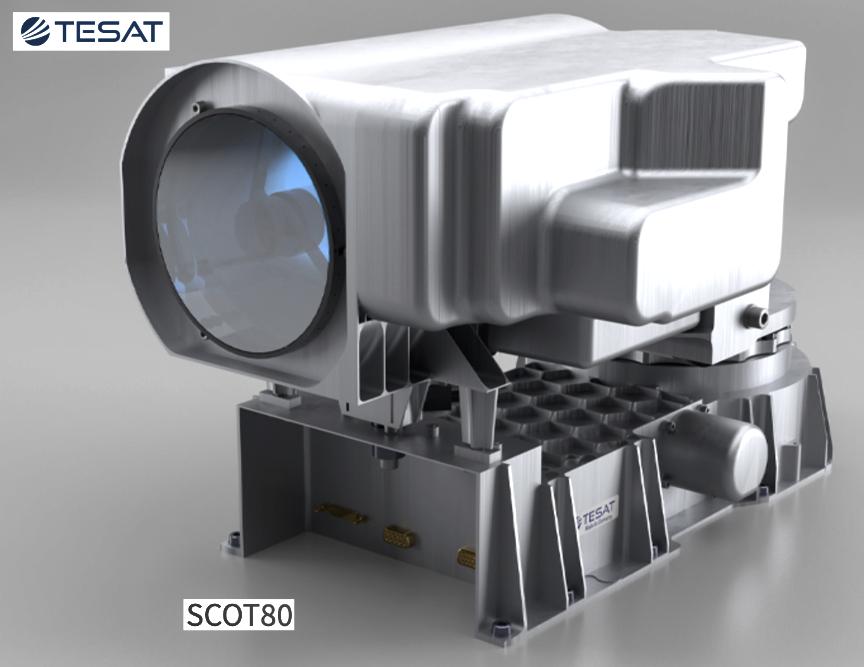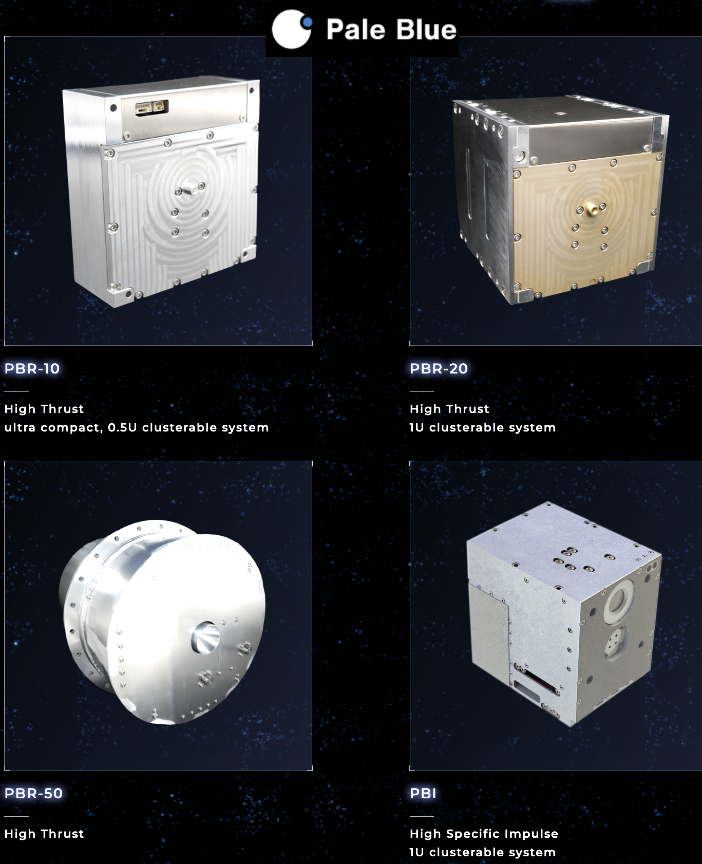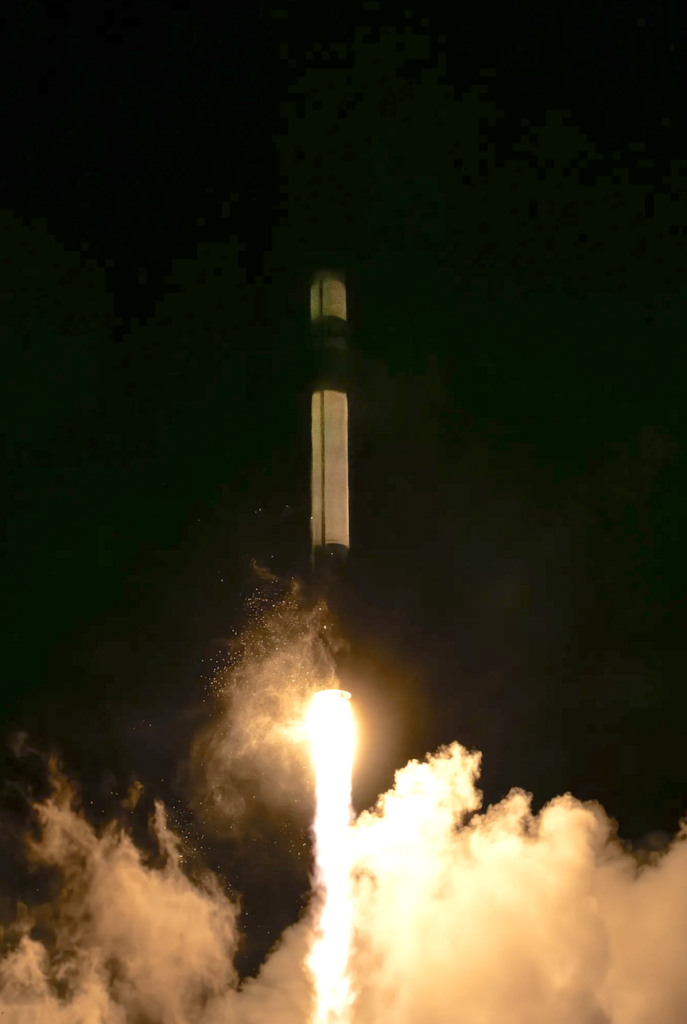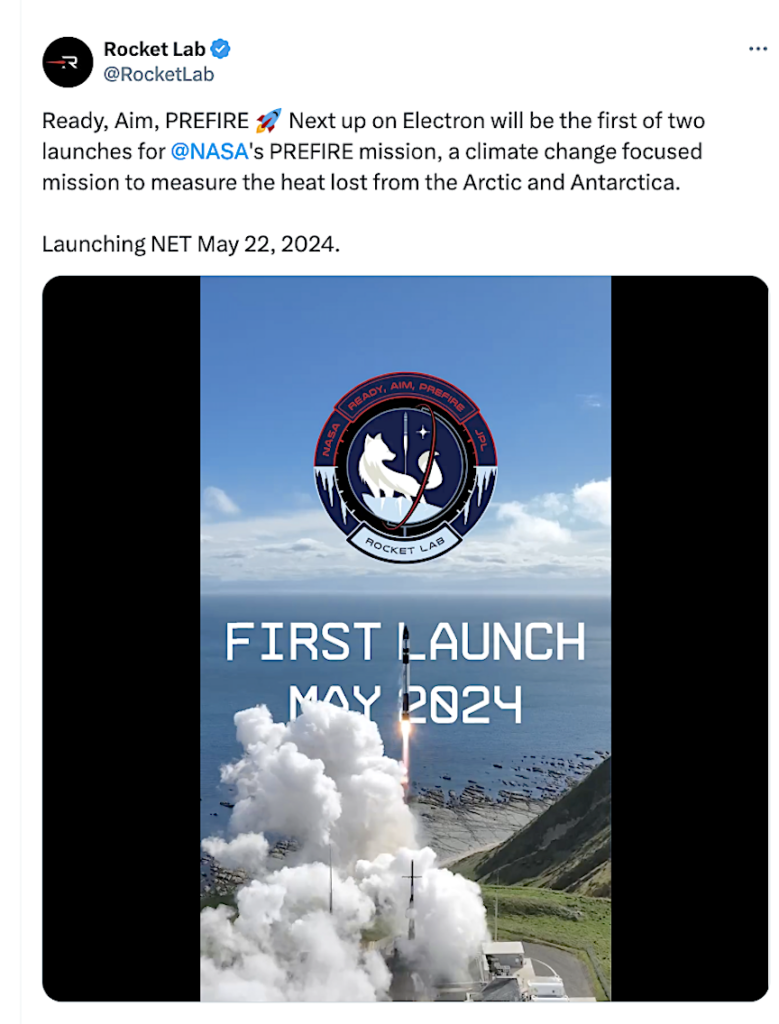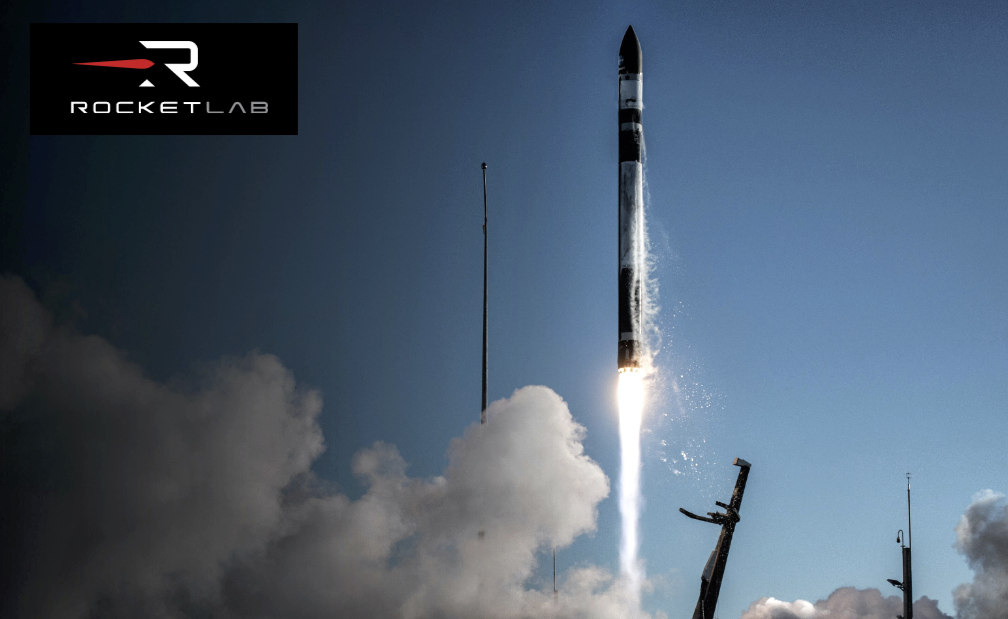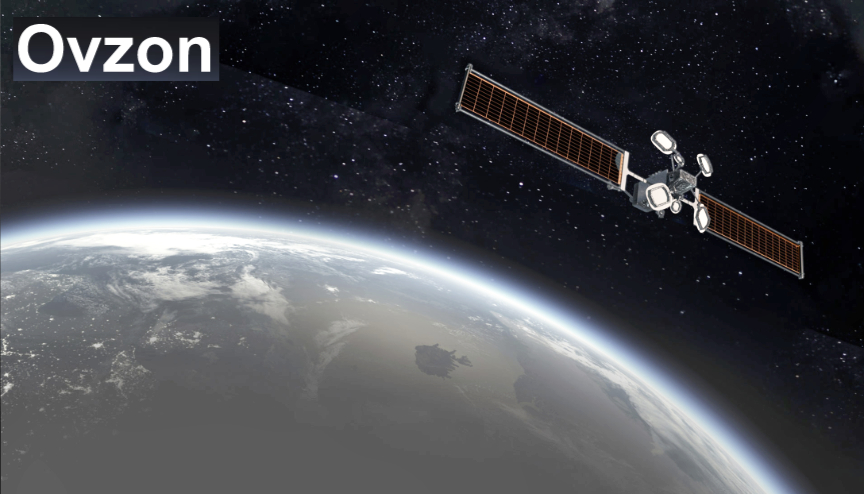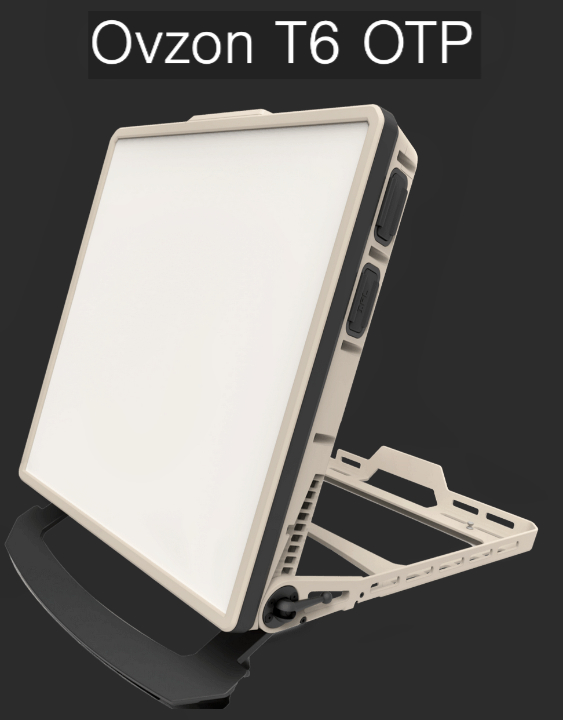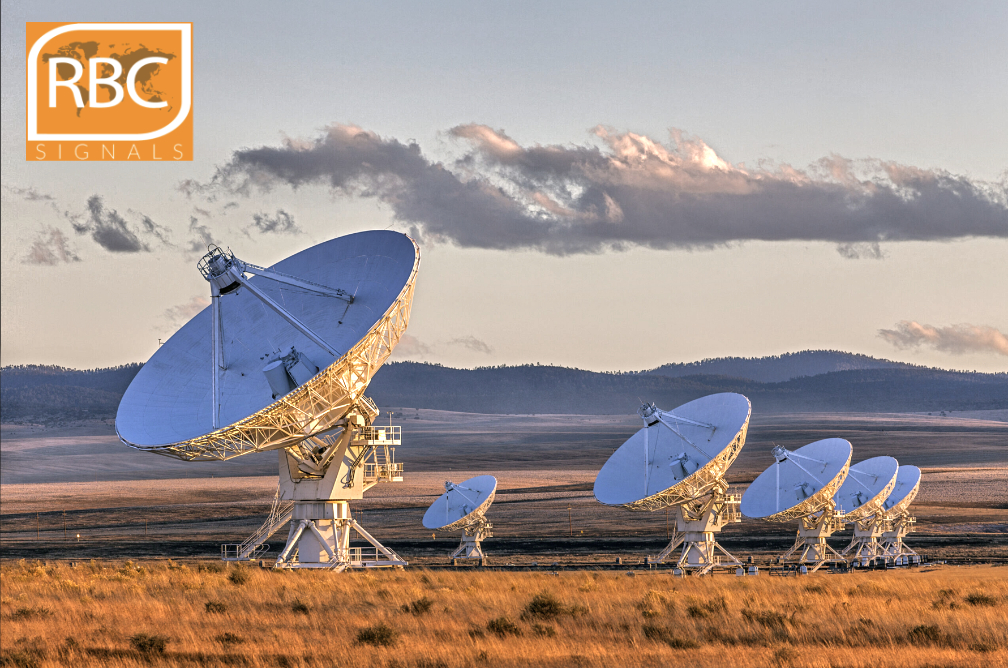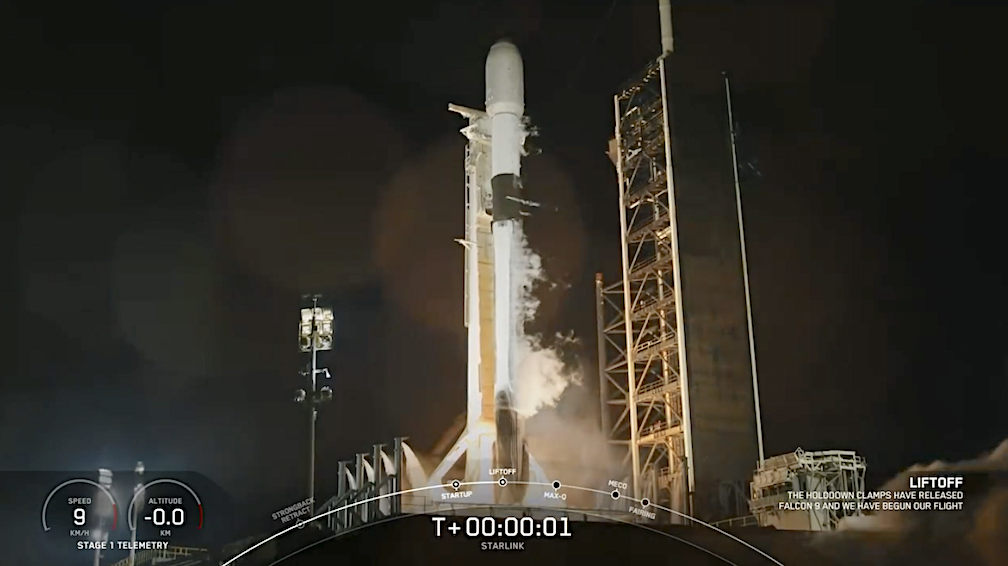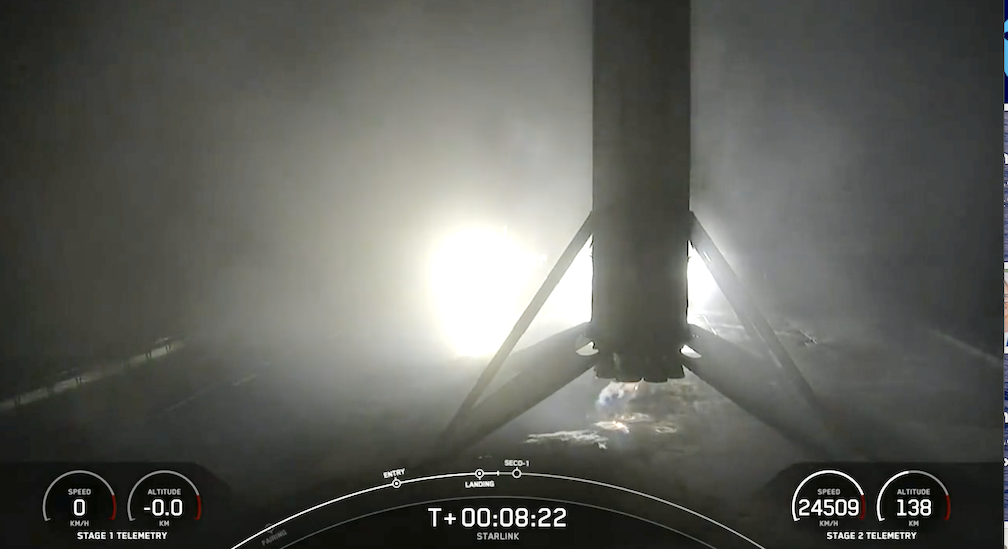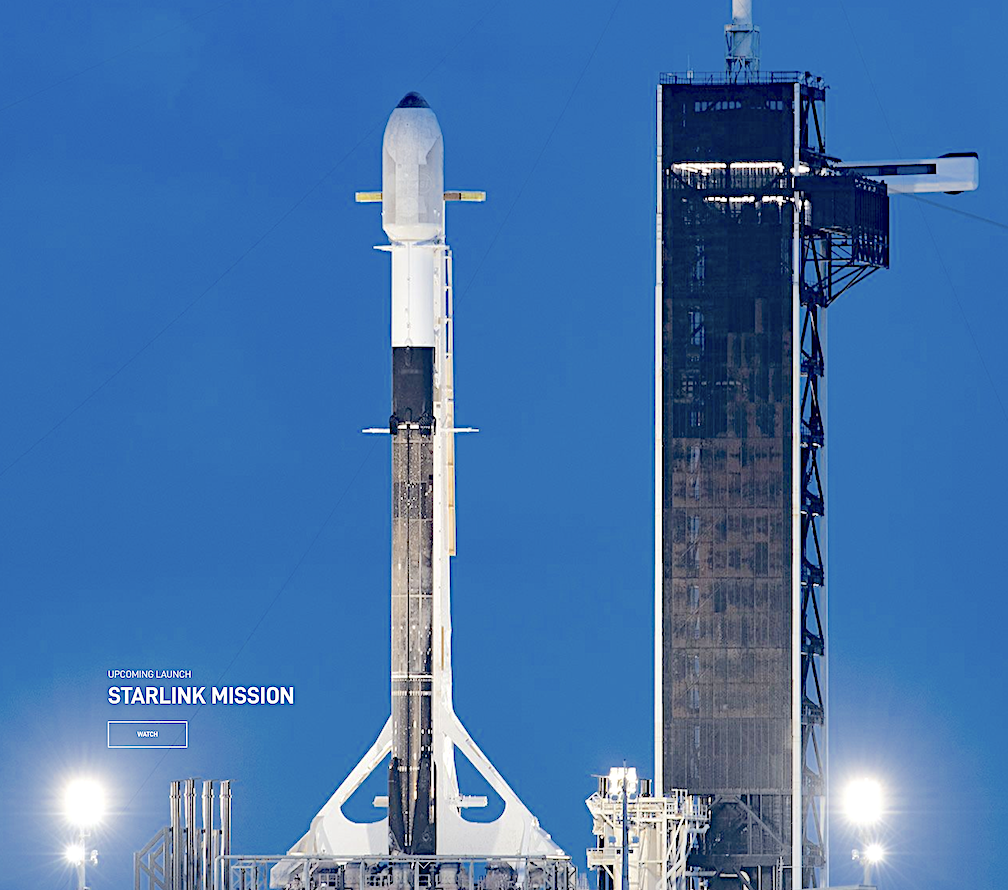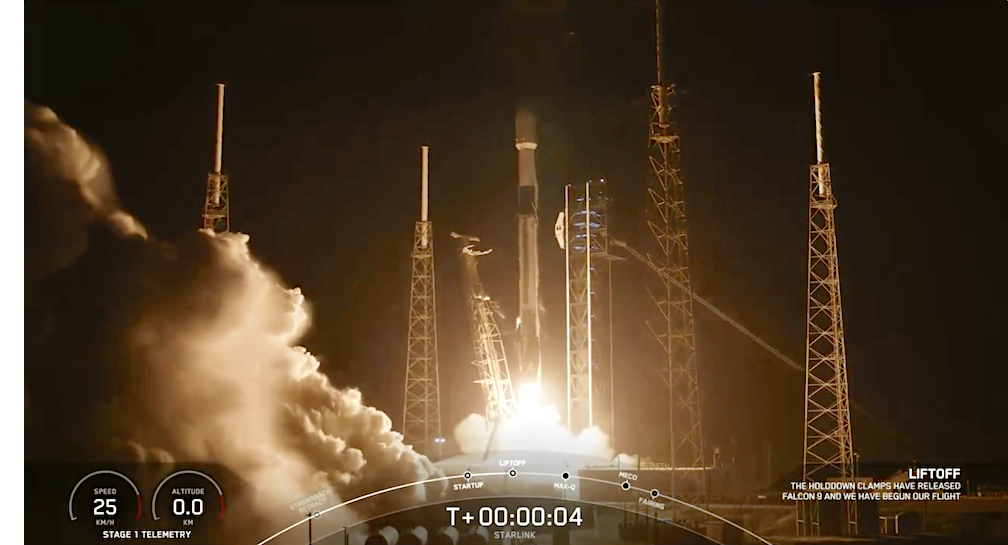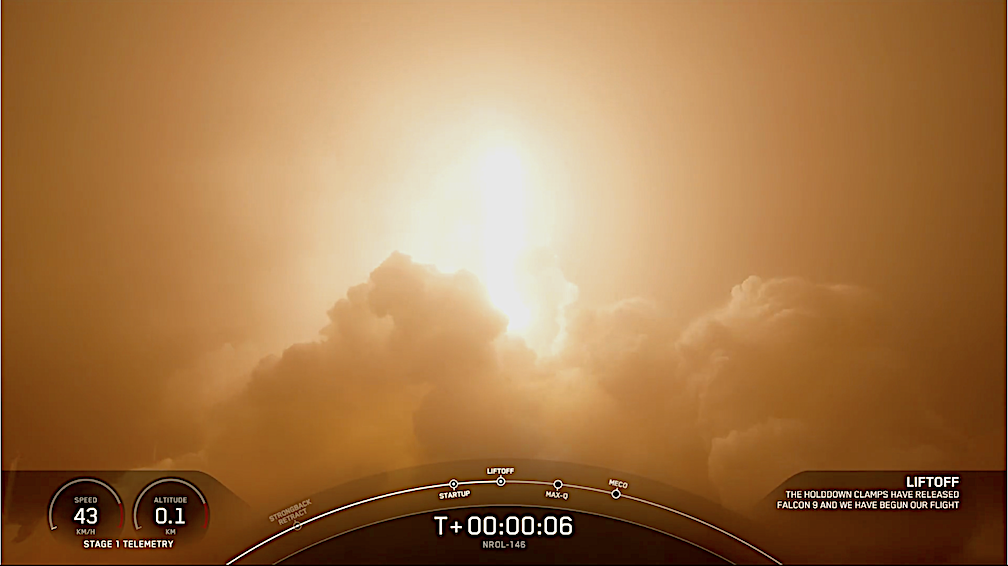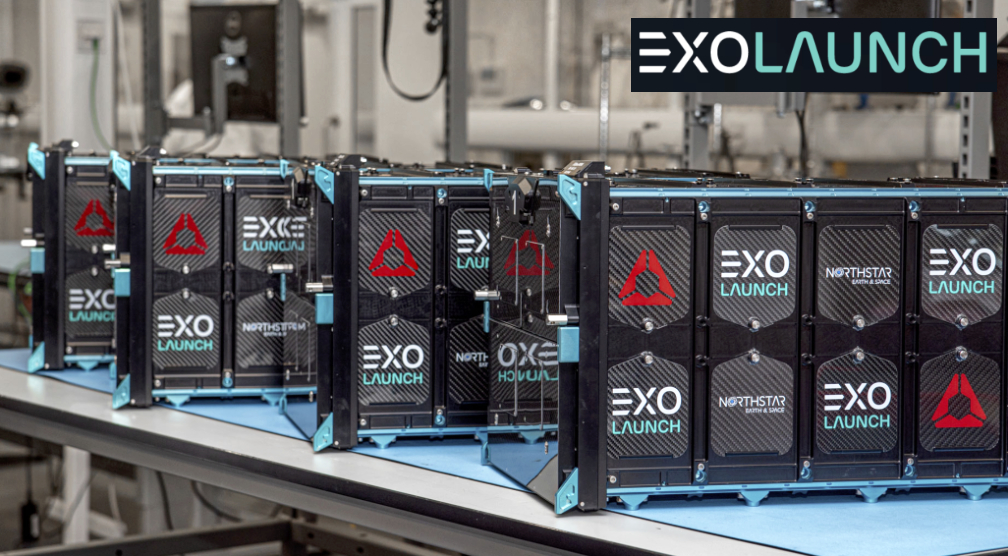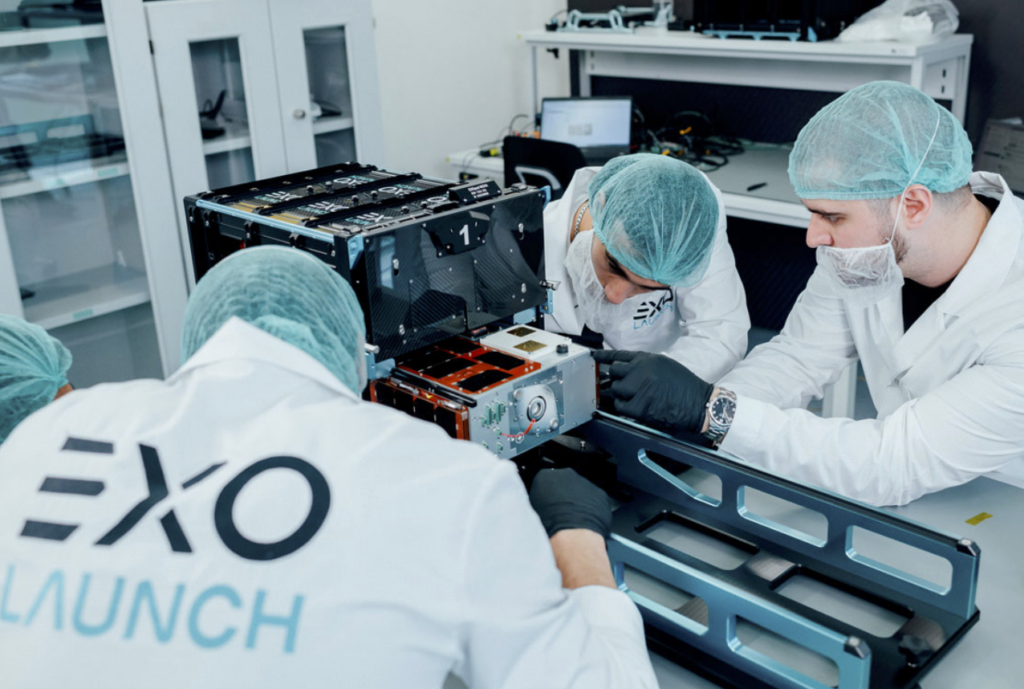
Exolaunch has successfully integrated the firm’s customer satellites for the upcoming Transporter-11 Rideshare mission with SpaceX — the mission is expected to be Exolaunch’s largest mission of 2024 thus far, servicing 42 smallsats for 23 global customers.

Scheduled to lift off later this summer, the Transporter-11 Rideshare mission will launch on a SpaceX Falcon 9 from Vandenberg Space Force Base in California. This mission signifies Exolaunch’s ongoing commitment to advancing global access to space and marks the company’s participation in all 11 Transporter missions to date since the program’s inception.
Exolaunch’s customers on the Transporter-11 mission represent a diverse array of government space agencies, commercial companies, and academic research institutions, from the following nations: Argentina, Denmark, Finland, France, Germany, Lithuania, Poland, Spain, Taiwan, Turkey, United Kingdom, and the United States.
Exolaunch clients onboard this mission will receive the company’s decade of expertise in enabling successful deployments for nearly 400 satellites to date, and a comprehensive service package designed to effectively navigate complex technical, logistical, and legal processes. This package includes launch capacity and mission planning, end-to-end testing, integration, global shipping, and the deployment of their satellites using Exolaunch’s flight-proven hardware.
More than 30 EXOpod Nova containerized deployers and CarboNIX ring-based separation systems will be utilized to support the deployment of customer satellites on this mission. These proprietary systems are part of Exolaunch’s renowned suite of satellite separation technologies and known for their reliability and effectiveness in space missions.

Integrations with the deployment systems have been successfully completed at Exolaunch’s headquarters in Berlin and globally for its cubesat customers, and the final integration campaign is currently underway at Vandenberg Space Force Base.
“We are honored to enable this launch campaign for 42 customer satellites on our largest mission of the year. We extend our gratitude to our customers for their continued loyalty and trust in Exolaunch’s services, and thank SpaceX for their excellent launch preparations,” said Robert Sproles, chief technology officer at Exolaunch.
“Our long-standing collaboration with SpaceX has been integral to Exolaunch’s own growth, and we are proud to have been a part of all Transporter launches since the inception of the highly successful Rideshare program,” said Jeanne Allarie, chief commercial officer at Exolaunch. “We look forward to launch and deployment of these satellites, further contributing to crucial developments in rideshare missions and access to space for all.”





